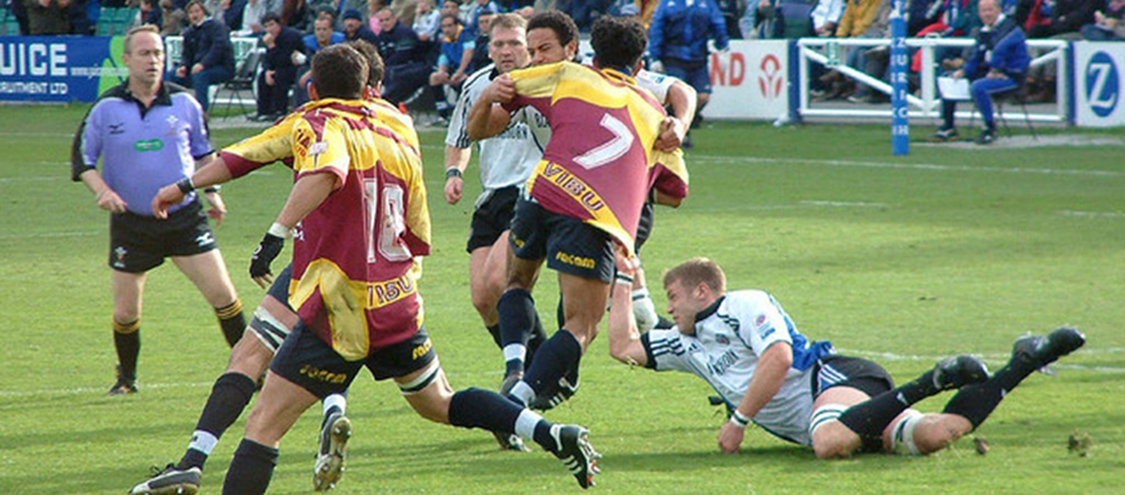Linear Momentum and Collisions
51 Introduction to Linear Momentum and Collisions

In biology, we often study movement—whether it’s a white blood cell pushing through tissue, a sprinter launching from the blocks, or molecules diffusing across a membrane. One physical concept that helps us understand such motion—especially when forces and collisions are involved—is momentum.
In everyday conversation, we refer to “momentum” when describing a winning team’s progress or the growing success of a public health campaign. These uses reflect an intuitive understanding of the scientific concept: momentum describes an object’s resistance to a change in motion, based on its mass and velocity. In Figure 51.1, rugby players colliding during a tackle demonstrate how momentum shapes the outcomes of physical interactions.
Momentum is a vector quantity—it has both magnitude and direction—and it plays a central role in biological systems involving force and motion, from running animals to blood flow in arteries. Importantly, momentum is a conserved quantity in isolated systems, just like energy. Conservation laws, such as conservation of momentum, allow us to make powerful predictions about physical behavior, even in complex systems like the human body or a multicellular environment.

